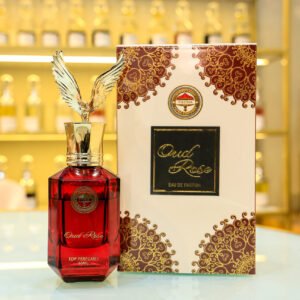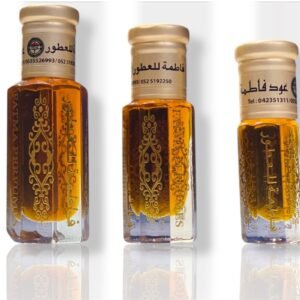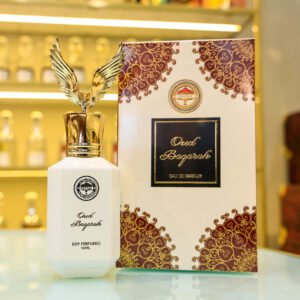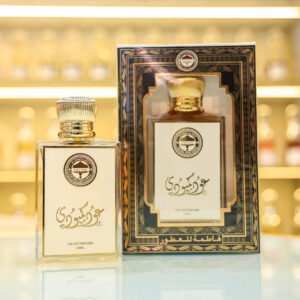In the Philippines, particularly among Tagalog communities, العود—locally known as “lapnisan”—has long held a sacred and medicinal place in culture and tradition. Though globally prized for its luxurious fragrance, agarwood in Tagalog culture has a deeper meaning rooted in spiritual rituals, healing practices, and centuries-old beliefs.
As interest in natural remedies and traditional medicines grows in the modern wellness world, agarwood’s historical significance among Tagalog people offers fascinating insights into its spiritual and therapeutic legacy.
What Is Agarwood? A Historical Overview
Known scientifically as Aquilaria, العود is a fragrant resin that forms in certain trees when infected by a specific mold. Its rarity and unique scent have made it highly valuable across Asia and the Middle East.
In the الفلبين, especially among early Tagalog societies, agarwood was not just a luxury item—it was a sacred and healing wood, used in rituals, traditional medicine, and even trade with neighboring Asian nations.
Agarwood in Tagalog Spiritual Practices
🕯 Burning Agarwood for Protection & Purification
In ancestral Tagalog rituals, small chips of agarwood were burned as incense to:
- Cleanse homes of negative energy
- Invite good spirits during offerings (alay)
- Protect against illness and bad luck
Its calming smoke was believed to elevate prayers and strengthen spiritual connection.
🧘 Used by Albularyos (Traditional Healers)
Albularyos, or Filipino herbalists, often used agarwood smoke or oil as part of healing ceremonies. Believed to open energetic pathways and calm the mind, it was used to:
- Treat spiritual disturbances (usog أو kulam)
- Induce deep meditation and mental clarity
- Balance emotional states
Even today, some rural healers continue these practices during faith-based healing sessions.
Medicinal Benefits of Agarwood in Traditional Tagalog Healing
Though scientific studies are still catching up, generations of folk medicine in Tagalog regions highlight various فوائد العود for the body and mind.
🌿 Relief for Respiratory Issues
- Agarwood tea and inhaled smoke were traditionally used to relieve coughs, asthma، shortness of breath.
- It was often mixed with other local herbs for more potent effects.
🌡 Soothing Fevers and Aches
- Boiled agarwood bark or resin was sometimes applied to the forehead or body to reduce fever.
- Oils infused with agarwood were massaged into sore muscles and joints.
💧 Aphrodisiac and Tonic
- Known in traditional circles as a natural aphrodisiac, agarwood oil or extracts were used to improve vitality and energy.
- It was often taken in small amounts or added to herbal blends.
Cultural Value and Trade in Pre-Colonial Time
Long before modern commercialization, agarwood was a prized export. Tagalog traders exchanged it with Chinese and Islamic merchants, especially in southern Philippine ports like Sulu and Mindoro.
Its high value even influenced local mythology—agarwood was believed to grow only in trees struck by lightning, adding to its mystique.
Modern Revival of Agarwood in the Philippines
With a global surge in demand for natural oud and traditional healing, interest in agarwood in Tagalog culture is growing again:
- Eco-farms and agarwood plantations are emerging in Palawan, Mindoro, and Quezon.
- Young Filipinos are reconnecting with traditional plant knowledge as part of cultural revival efforts.
- Luxury agarwood oils and perfumes now include Tagalog heritage in branding and storytelling.
Agarwood’s role in Tagalog spiritual and medicinal culture goes far beyond fragrance. From smoke-filled healing rituals to herbal concoctions, agarwood’s benefits and history are woven into the cultural fabric of the Philippines.
As Fatma Perfume LLC continues to celebrate oud’s luxurious legacy, acknowledging its deep-rooted cultural significance in regions like the Philippines enriches the story behind every drop of agarwood oil.









